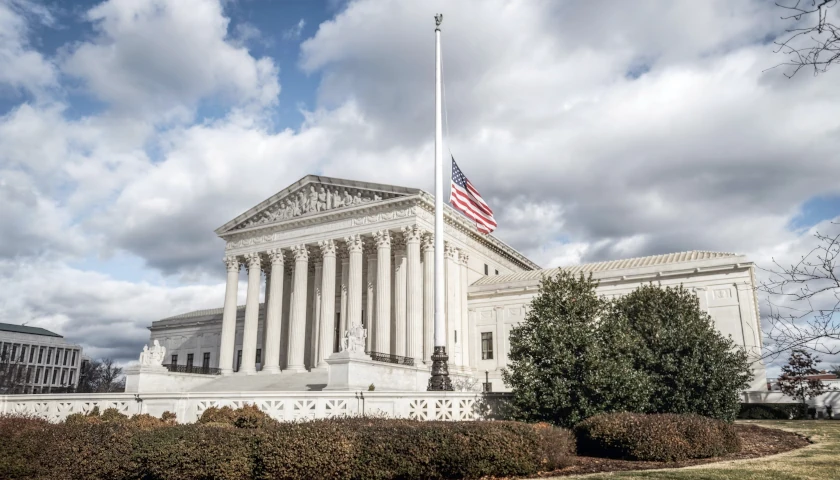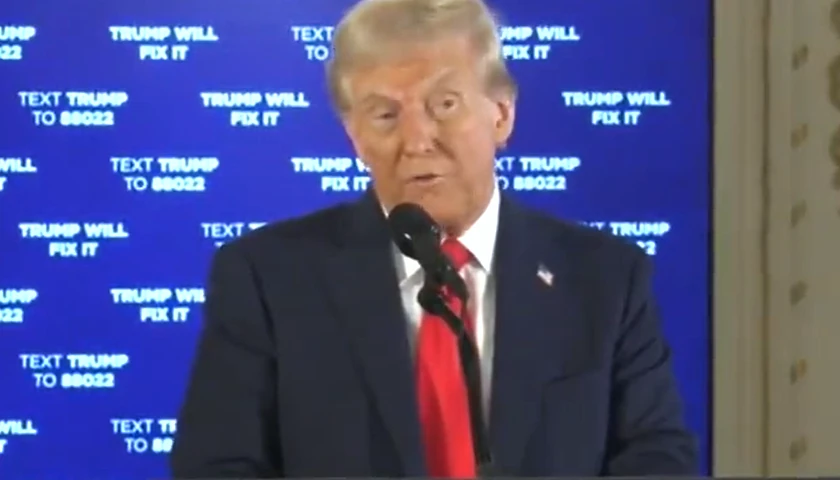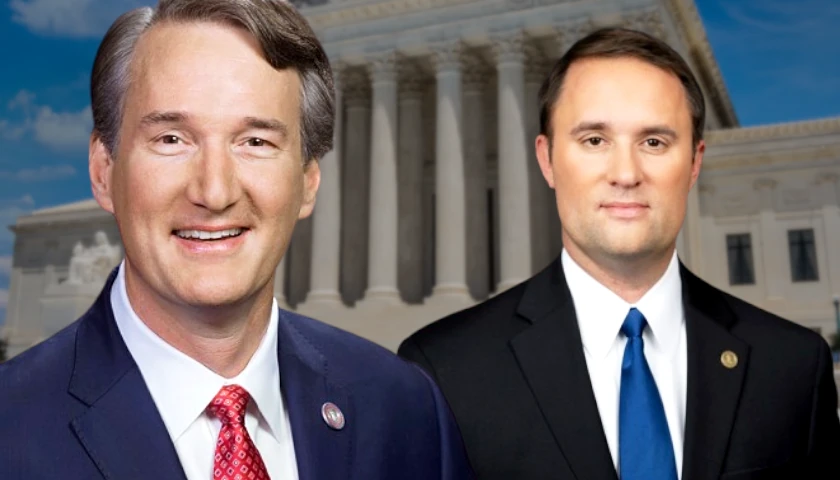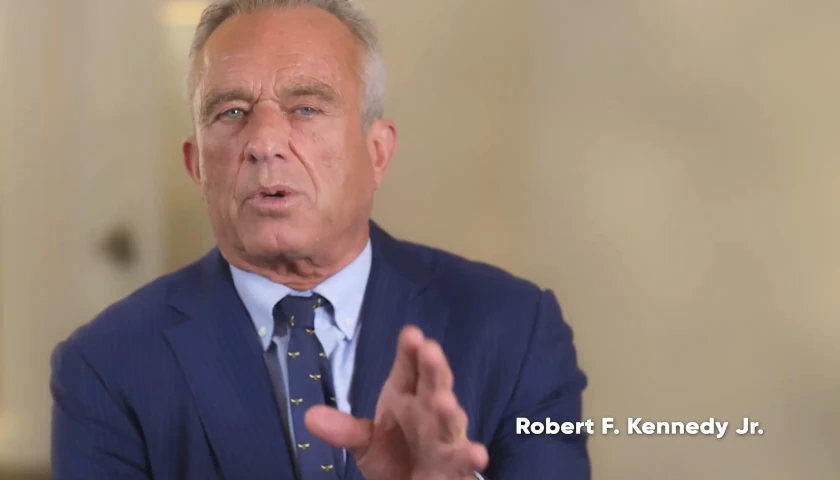by Ken Cuccinelli II and Dominic Rapini
For as long as politicians have been passing legislation, there have been measurable consequences to that legislation – both intentional and unintentional. Usually, the final impact is not known for years after a law is passed. We could write a book predicting problems with the proposed federal bill, H.R.1, the so-called For the People Act, but the state of Connecticut has given American taxpayers a timely preview of the burdens and waste we can expect from just one of the bill’s many government mandates. Specifically, the requirement that states must mail out ballot applications to all registered voters will unnecessarily spend, and ultimately waste, hundreds of millions of taxpayer dollars.
The 2020 elections in Connecticut provide a cautionary preview of this proposed requirement in H.R. 1 to send absentee ballot applications (ABR) to every registered voter. Connecticut Secretary of the State Denise W. Merrill (pictured) did exactly that, spending $7.1 million in federal taxpayer money sending out unsolicited ABRs for the primary and general elections. A total of 3.6 million applications were mailed, yet only 865,000 were converted to actual votes. That’s a cost of $8.20 per ballot returned – by any measure, a poor yield on that investment.
The sad irony about this waste of taxpayers’ money is that the applications were available to voters free of charge either at town halls or on the State of Connecticut website. One had only to pick up the form in person or download and print it in the comfort of his own home. Other states have similarly convenient options for obtaining ABRs and provide for ballot applications to be requested online, by email or by phone. Citizens in these states take responsibility for their right to vote, and the states facilitate their doing so, rather than mandate it.
Connecticut’s effort also came with a much greater and intangible cost. In 2020, election officials processed 10 times the normal amount of absentee-ballot applications. Experienced town clerks and registrars from 169 towns remarked that the 2020 election was like “drinking through a fire hose.” Municipal election officials were unprepared and understaffed to handle the heavy volume of unsolicited mail-in ballots. As a result, normal ballot-vetting practices were abandoned in the deluge, and clerk offices could not fulfill their normal duties for weeks before the election. How do you measure the impact of that kind of disruption? The simple process of voters requesting ballots indicates to election officials the workload that they are facing and allows for proper planning and staffing.
Aside from being another punch line to long-running jokes about government waste, Connecticut’s $8.20 ballots revealed another flaw: More than 8% were undeliverable. In the August primary alone, dated voter rolls accounted for 100,000 undeliverable applications. For the general election, an estimated 184,000 ballot applications could not be delivered. Add that number to the 197,000 inactive voters who failed to vote in the last two federal elections, and the total pool of voters on the rolls who might be dead, moved, or duplicate swells to 381,000. This amounts to a clear invitation for fraud.
At the national level, H.R. 1 would mandate the mailing of absentee-ballot applications to 168 million registered voters. The Brennan Center for Justice conservatively estimates that a mail-in option for all American voters would cost upward of $1.4 billion, including investments in postage, printing, ballot-tracking systems, and many other logistical and ballot-security technologies. If these ballots were returned at a similar rate as those in Connecticut, most of these tax dollars would simply be wasted.
While the financial costs of H.R. 1 are certainly concerning and undeniable, the dangers it poses to election integrity should be front and center. Incredibly, using Connecticut’s 2020 experience as a guide, under H.R. 1, the 8% of unsolicited ballots that revealed dead, duplicate, or moved voters would not be enough to clean the voter rolls. H.R. 1 makes that task much more difficult –presenting another tempting opportunity for fraud.
The 2020 elections were the most frenetic in recent American history. Election officials expanded convenience at the expense of election security and spent monies for short-term objectives like unsolicited mailings with poor cost-benefit results. We learned (again) from Connecticut’s experience that government doesn’t always get it right and that taxpayer money is often wasted. H.R. 1 would solidify these short-term mistakes into a law with broad long-term consequences that would increase threats to the integrity of American elections. States have run their own elections for over 230 years – never perfectly, but certainly better than an H.R. 1 federal takeover would achieve. The misnamed For the People Act should be rejected.
– – –
Ken Cuccinelli II is the former attorney general of Virginia and acting deputy secretary of Homeland Security and is currently the chairman of the Election Transparency Initiative.
Dominic Rapini is the board chair of Fight Voter Fraud, Inc., working alongside founder and CEO Linda Szynkowicz to lead a grassroots effort of election vigilance by engaged Connecticut citizens.









